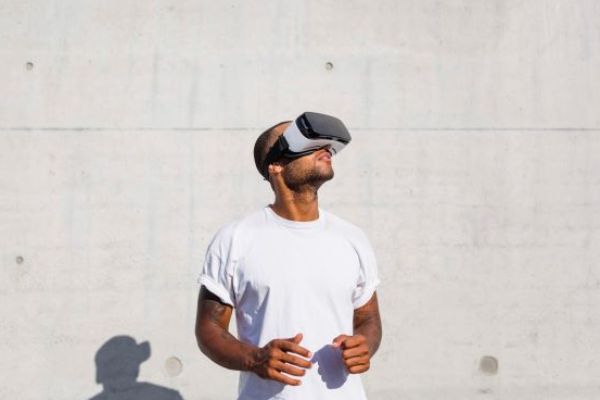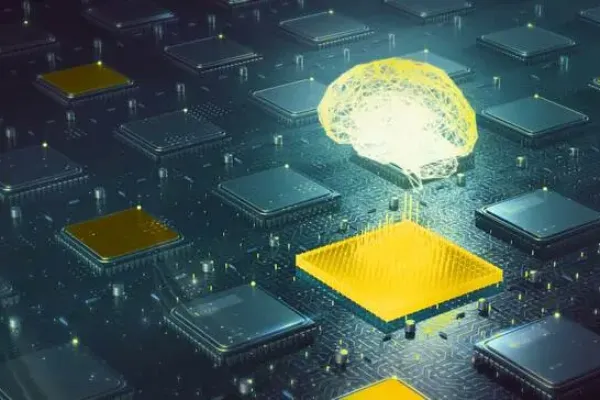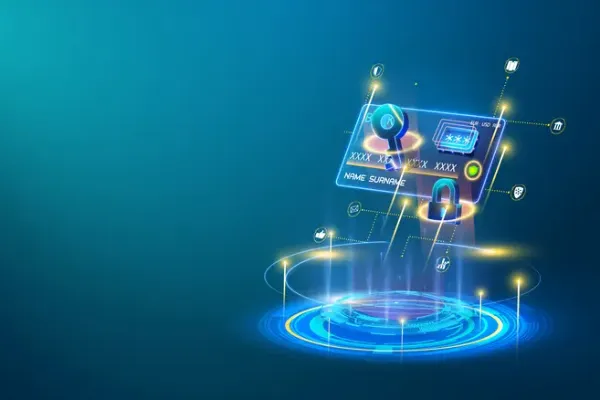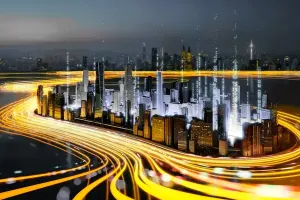Why you should learn to use digital twins

Digital twins growing at an almost unstoppable rate would be inconceivable without the rapid ascent of the Internet of Things. Without the digital interconnection of everyday objects with the internet. In this way we can determine the potential for mobility of a city or if a component of an appliance needs to be modified before it is mass produced. And all this from a computer that virtually combines variables, data and information. To grasp the scope of this phenomenon, Transforma Insights calculates that there will be 25.4 billion connected devices by 2030 — compared with around 8.7 billion at present. "The digital twin makes it much easier to create new models. It enables processes to be optimised and simulated", says Montes.
Such is the degree of accuracy of these replicas that, without going any further, power plants have digital twins to deceive cybercriminals, redirecting their attacks against this virtual plant rather than the physical one. According to the future described by most experts and studies, the arrival of digital twins is on the horizon in all fields. However, questions are beginning to arise that need to be answered in the short and medium term. Chacón focuses the debate on the data. Who do they belong to? How should they be treated? "It is an asset of society, but we are dealing with an issue that is still in the process of maturing," he replies.
And thinking about the benefits of digital twins and their future, Montes is committed to creating them in the field of personal health. Anticipating ailments. Ascertaining the reaction of each individual to a medical treatment. He recognises that it is a sensitive area, although the technical capacity already exists. "The paradigm would be to have our own digital twin. Every day we understand the human body better, despite the fact that we need a very powerful computing capacity and knowledge to replicate it. Even so, the digital twin will be present in every area of our lives", he concludes.
Impossible without hyperconnectivity
They are virtual replicas of objects, processes and services, and are known as digital twins. These are technological mirror images via which it is easier to anticipate behaviour or performance before reaching the market. Thanks to the rise of the Internet of Things, this series of connected objects and devices equipped with sensors and software can transmit and receive information and, together with Artificial Intelligence, transform some results into tangible parameters. They are able to provide a huge amount of data in real time from the virtual world to physical reality; and they can do so in any sector, from health and the automotive industry to security. Digital twins are a kind of digital laboratory that, when used well, help trim unnecessary costs and improve production processes. The greater the amount of data, the more accurate this virtual version will be.
In fields such as Formula 1, for example, digital twins are crucial. Before jumping into the single-seater, the parts and the car's design itself are replicated on a computer. "Once you know the digital reality, you can make models based on it and predict future behaviour", says Galo Montes, CTO at HPE (Hewlett Packard Enterprise), who adds that these parallel environments make it possible to ascertain whether an infrastructure has the necessary resilience for its manufacture or even visualise how a process would perform in real life. According to the consulting firm Gartner, by the end of this year, around half of industrial companies will use digital twins, increasing their effectiveness by 10%.
Although the term was not coined until 2012, the digital twin concept first arose in the eighties with NASA. Following the Apollo XIII mission, simulations started to be carried out on the behaviour of ships and equipment with which there was no physical connection, so that everything was perfect on the missions and the health of its astronauts could be guaranteed. The term has evolved at such speed that it appears in urban planning projects as well as in any activity related to chemistry, physics or biology.
Rolando Chacón, a professor at the UPC School of Civil Engineering who has been working with digital twins for six years, is convinced about the contribution of this technology: "The digital twin enables the computer to see more variables. We see more than just with our own eyes. Proper sensorisation enriches the product or service". An example that he is well acquainted with is infrastructure construction. As he explains, replicating a bridge or a building on the computer helps him predict anomalous behaviour, as well as understand how machinery and materials work. "It is an accessible solution both economically and technically", he states.
A study carried out by Vector IT Group predicts that the next four years will see tenfold growth in digital twins, focused in particular on the electronics, construction and transport sectors. This is a trend also reflected in a report by the consulting firm Deloitte titled Industry 4.0 and the digital twin. It highlights that the benefits of this innovation include downtime prevention and problem forecasting (reducing the margin of error and failures), the ability to plan and simulate new products or processes (predicting outcomes), the ability to tailor production to customer requirements and, finally, the development of new business opportunities.



.jpg)
.webp)
%20(2).jpg)